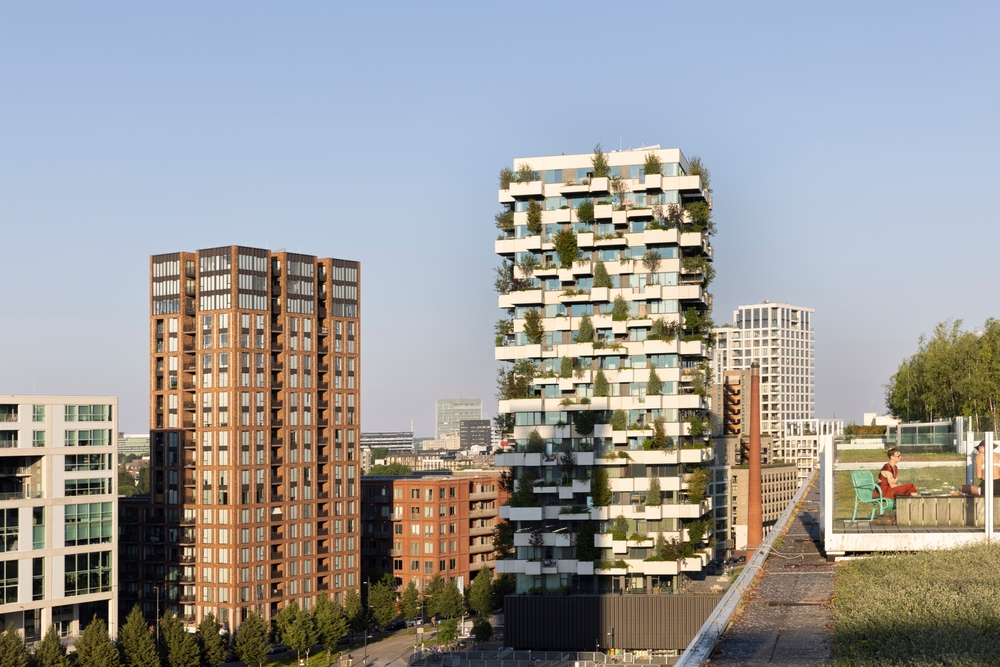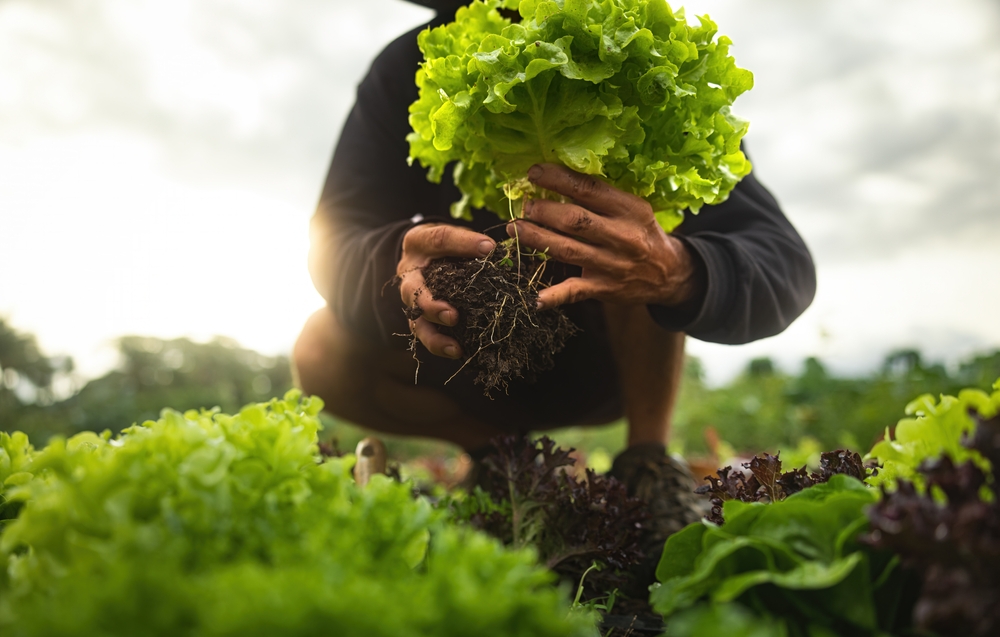As cities around the world face increasing challenges related to food security, sustainability, and urban space management, vertical farming has emerged as a transformative solution. This innovative approach to agriculture utilizes vertical space within urban environments to grow fresh produce, reduce the carbon footprint, and improve local food resilience. Discover how vertical farming is reshaping city landscapes and offering a glimpse into a more sustainable and self-sufficient future.
Innovative Vertical Farming Structures: From High-Rise Gardens to Urban Towers
Vertical farming structures, such as high-rise gardens and urban towers, use multiple layers to grow crops in limited space. These designs optimize vertical space by stacking growing trays or hydroponic systems within a single building or tower. This approach maximizes crop production and utilizes urban spaces that would otherwise be underused, contributing to a greener cityscape and more efficient food production.

Hydroponic and Aeroponic Systems: Soil-Free Farming Technologies
Vertical farms often employ hydroponic and aeroponic systems to cultivate plants without traditional soil. Hydroponics uses nutrient-rich water to deliver essential minerals directly to plant roots, while aeroponics involves misting plant roots with a nutrient solution. These soil-free technologies enhance growth rates, conserve water, and reduce the need for pesticides, leading to cleaner and more sustainable food production.
Integration with Urban Architecture: Incorporating Green Spaces into Buildings
Vertical farming integrates seamlessly with urban architecture by incorporating green spaces into existing and new buildings. Green walls, rooftop gardens, and integrated farming modules can be added to residential and commercial structures, transforming urban environments into greener, more vibrant spaces. This integration not only enhances the aesthetic appeal of buildings but also contributes to environmental benefits such as improved air quality and reduced heat island effects.
Smart Farming Technologies: Leveraging IoT and AI for Optimal Crop Management
Smart farming technologies, including the Internet of Things (IoT) and artificial intelligence (AI), play a crucial role in vertical farming. IoT sensors monitor environmental conditions such as temperature, humidity, and light levels, while AI algorithms analyze data to optimize growing conditions and predict crop yields. These technologies enable precise control over the farming process, improving efficiency and productivity while reducing resource waste.

Local Food Production: Reducing Food Miles and Carbon Footprint
Vertical farming significantly reduces food miles by producing fresh produce within urban areas. By growing food closer to where it is consumed, vertical farms minimize transportation needs, cutting down on fuel consumption and greenhouse gas emissions. This localized approach to food production enhances food security, supports local economies, and contributes to a more sustainable food supply chain.
Resource Efficiency: Water and Energy Conservation in Urban Farming
Vertical farms utilize advanced technologies to conserve water and energy. Closed-loop hydroponic systems recycle water, minimizing waste and ensuring efficient nutrient delivery to plants. Additionally, energy-efficient LED lighting and climate control systems reduce the overall energy consumption of vertical farms. These resource-efficient practices help create a more sustainable and eco-friendly approach to urban agriculture.
Community Engagement and Education: Promoting Urban Agriculture Awareness
Vertical farming projects often include community engagement and education components to promote awareness and involvement in urban agriculture. Educational programs, workshops, and interactive tours help residents understand the benefits of vertical farming and its impact on sustainability. By fostering a connection between urban dwellers and their food sources, these initiatives encourage greater support for local food systems.

Economic Opportunities: Creating Jobs and Stimulating Local Economies
The growth of vertical farming creates new economic opportunities within urban areas. Job creation in areas such as farm management, technology maintenance, and distribution supports local economies and provides career opportunities in the emerging field of urban agriculture. Additionally, vertical farming projects can stimulate investment and innovation in related industries, contributing to overall economic development.
Climate Resilience: Enhancing Food Security in the Face of Environmental
Challenges Vertical farming enhances food security by providing a resilient and adaptable method of food production. By growing food indoors, vertical farms are less susceptible to environmental challenges such as extreme weather events, pests, and diseases. This climate resilience ensures a stable food supply, even in the face of changing environmental conditions and global uncertainties.
Nutritional Benefits: Fresh, Local Produce with Enhanced Quality
Vertical farms produce fresh, nutrient-dense produce with minimal time from harvest to consumption. By growing food locally and using controlled environments, vertical farming can enhance the quality and nutritional value of produce. This approach provides consumers with access to fresher, healthier food options and supports overall public health and well-being.

Future Trends: Innovations and Advancements on the Horizon
The future of vertical farming promises continued innovations and advancements, including more sophisticated technologies, new crop varieties, and expanded integration with urban infrastructure. Emerging trends such as automated farming systems, biophilic design elements, and enhanced resource efficiency are expected to shape the next generation of vertical farms, further transforming urban landscapes and contributing to sustainable urban development.
Conclusion
Vertical farming represents a revolutionary approach to urban agriculture, addressing the challenges of space, sustainability, and food security in modern cities. By integrating innovative technologies, resource-efficient practices, and community engagement, vertical farming is reshaping city landscapes and offering a more sustainable and resilient food system. As the industry continues to evolve, vertical farming has the potential to become a cornerstone of future urban development, creating greener, healthier, and more self-sufficient urban environments.

